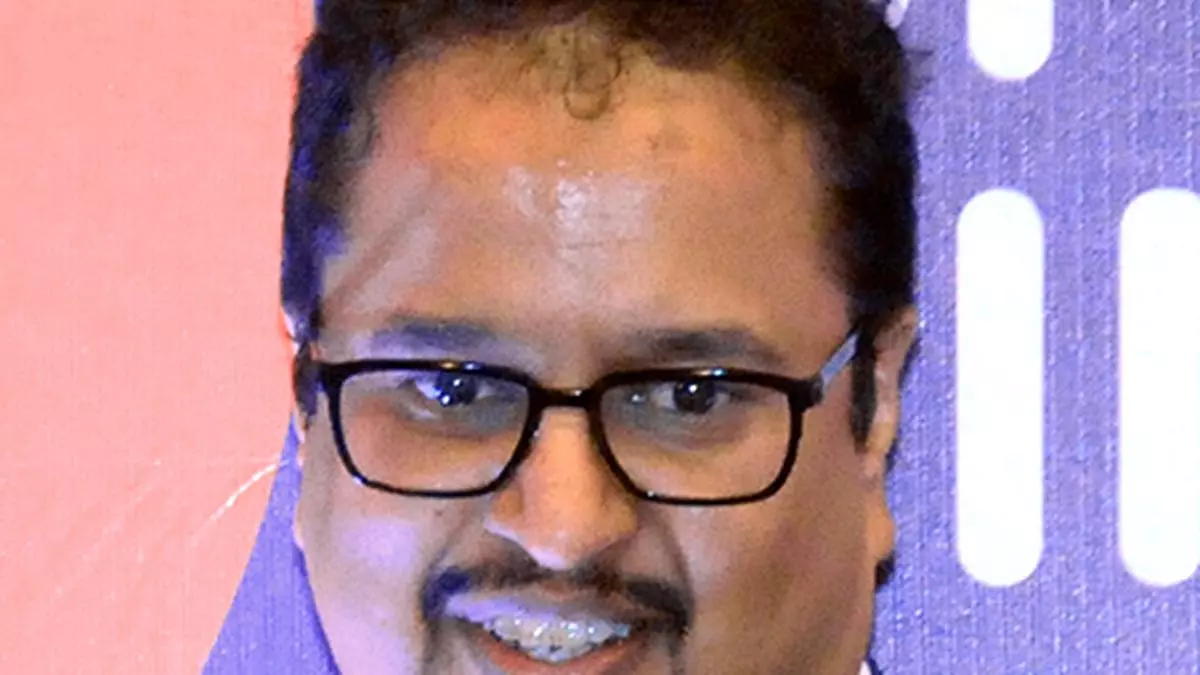Fincare to remain a unit of AU for 3 years: Sanjay Agarwal, MD and CEO, AU SFB
Sanjay Agarwal, MD and CEO and Rajeev Yadav, Deputy CEO, AU SFB speak to businessline exclusive explaining the rationale behind the merger. Edited excerpts:
One of the reasons why AU SFB commanded a very high premium in the market was because you were not into MFI, unlike the others. With the Fincare merger that gets diluted and your stock price hasn’t reacted well since the merger announcement…
Sanjay Agarwal: Being a bank means scale and risk management. NBFCs beyond a point cannot build different asset classes and manage risk. This is my learning. When RBI gave me a chance to transit (to a bank) my size was so attractive even as I knew that maybe for the next 10 years, my NBFC journey could be more rewarding than a bank. But I’m here to build an institution forever and being a bank gives me that opportunity. Once you have become the bank, you need to create the entire product basket and build deposits. Before this acquisition, we started credit cards, personal loans, commercial banking, agri-loan and SME funding. That was the requirement of the platform. MFI is also in a series of expansions. But there is a risk management layer. We will not grow MFI beyond 10 per cent of our assets. We will create a 3 per cent credit cost buffer every year. If we have the ambition to build a bank, which can last forever and get a scale, we need to understand the entire landscape. In microfinance, Rajeev being a veteran will help. For the longer interests of the franchise we want to do this (the merger) so that we build a very sustainable franchise for the years to come.
Why is Fincare kept as a unit?
Sanjay Agarwal: Mergers are not easy. We need to take care of our people because we are not buying an empty house. While there may be synergy in some portfolios like gold loans, our gold loan is ₹150 crore and Fincare’s is more than ₹1,000 crore. Fincare’s SBF business is at around 18 per cent IRR and Au’s is at 14 per cent IRR. They’re more south and we are more North. We figured out that it (portfolios) looks like a similar name, but their operation expertise and geographies are different. So let us go for some more time. It helps us in three things: One as AU we will understand their operative style, risk management and customer segment, which might be different from ours. Second, it sends a strong signal to the team that we are one team and will have freedom. However, the liability franchise of Fincare was incorporated with AU from day one. Rajeev is also taking care of the entire technology landscape in both banks. The control function – that is Fincare’s risk and credit heads, reports into AU’s team. On assets, we are operating at different levels.
Rajeev Yadav: You have seen how we have done the pre-merger discussion and how much time it has taken for us to go through (the merger). Control functions were pulled out because you need perfect control in the bank. Markets’ way of viewing is different but both of us are additive and not competing. We’ll be able to positively surprise everyone out there in 6-12 months that the merger has panned out well. For a bank with a majority MFI book, it is difficult to handle the book because it has volatility risk. On an AU balance sheet that risk is gone.
Fincare got SEBI approval for IPO and yet you went ahead with the merger. Why?
Rajeev Yadav: Almost all the banks which got listed then came in at very reasonable valuations and then might have corrected after that. Still, they’re not at a level where their aspiration could have been. In an unlisted world we have enjoyed better valuation than some of these cases. The merger was not a decision from a point of valuation. It was ultimately a decision from a strategic path. You must acknowledge that scale wins. With scale, customer, employees and shareholders win. Therefore, a strategic merger was our first option. We were ready to launch the DRHP within a week if the merger didn’t work.
AU is seen as a bank catering to the classes and HNIs. With MFI portfolio coming in this perception is going to change…
Sanjay Agarwal: When I say this is a bank for the classes, it is a very good positioning because those classes have money. If you can price them out, and offer them good service it’s a good proposition. That’s our positioning – that we want to price out the HNIs and the wealthy people through our products and it’s not only about rates but also through services and customer experience. MFI will add to that flavour, that now we are giving your money to last-mile borrower.
It’s sounding a little like Robin Hood…
Sanjay Agarwal: SFB models are formal Robin Hood models because you need to go to the wealthy guys and HNIs because without their backing on liabilities how will you service those last mile borrowers.
